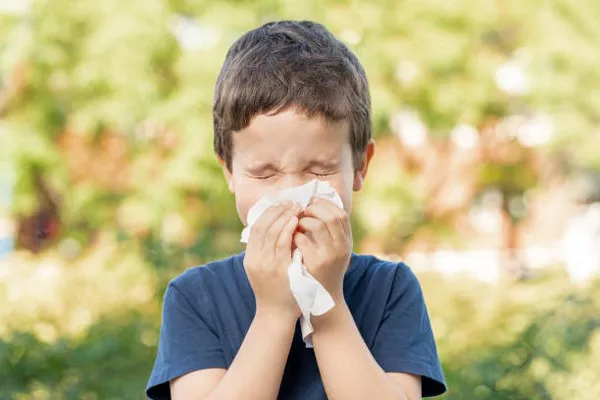In regions with significant seasonal changes in sunlight, research suggests that the time of year a person is born may influence their risk of developing certain non-communicable diseases. A recent study conducted in Finland has highlighted a potential link between the season of birth and the onset of adult asthma.
However, findings across various studies remain inconsistent. While some research indicates that births in summer and fall are correlated with a higher risk of allergic rhinitis, other studies suggest that births in the summer and spring are associated with an increased likelihood of developing asthma.
Study Overview
To explore these associations more comprehensively, researchers analyzed data from Finland’s health registry, focusing on individuals diagnosed with various respiratory and otorhinolaryngological conditions. The study examined cases of allergic rhinitis, asthma, non-allergic rhinitis, NSAID-exacerbated respiratory disease (N-ERD), and chronic rhinitis with and without nasal polyps.
Data were drawn from hospital visits in the Uusimaa and Helsinki districts, incorporating demographic information such as age, gender, and birth date. Additionally, researchers used ICD-10 codes to identify relevant respiratory allergic conditions.
The study categorized birth seasons into winter (December to February), spring (March to May), summer (June to August), and fall (September to November).
Findings
The analysis revealed the following seasonal incidence rates for asthma: 41.1% for summer births, 42.7% for fall births, 43.1% for winter births, and 42.1% for spring births. For allergic rhinitis, the incidence was lower among those born in summer, with 10.7% of cases, compared to 12.1% in spring, 12.6% in winter, and 12.0% in fall.
No significant seasonal variation was found in the incidence of chronic rhinosinusitis or N-ERD. Chronic rhinosinusitis rates were 9% for summer births, 8.7% for fall, 9.1% for winter, and 9.5% for spring. N-ERD rates were similarly consistent across seasons, at 1.3% for summer, 1.5% for fall, 1.5% for winter, and 1.4% for spring.
Although the association between the season of birth and chronic rhinosinusitis was modified by the presence of allergic rhinitis, this effect was not statistically significant. Births in autumn and winter were linked to both allergic and non-allergic rhinitis, while spring and winter births were associated with increased risks for asthma and non-allergic rhinitis.
These patterns may suggest that exposure to greenery during pregnancy could influence the risk of asthma and allergic rhinitis. Additionally, winter births showed a notable association with adult-onset asthma, potentially influenced by factors such as the birth decade, as noted in previous studies.
Potential Mechanisms
The study proposes several mechanisms through which birth season might affect respiratory allergies, including variations in light exposure, vitamin D metabolism, and exposure to environmental factors such as air pollutants and natural landscapes, which could impact immune system responses.
Conclusion
The findings suggest that the season of birth may play a role in the development of allergic rhinitis and asthma, potentially influenced by environmental factors during pregnancy. However, no significant links were found between birth season and chronic rhinosinusitis, N-ERD, or non-allergic rhinitis. Further research with larger and more diverse populations is needed to validate these results and explore underlying mechanisms.

